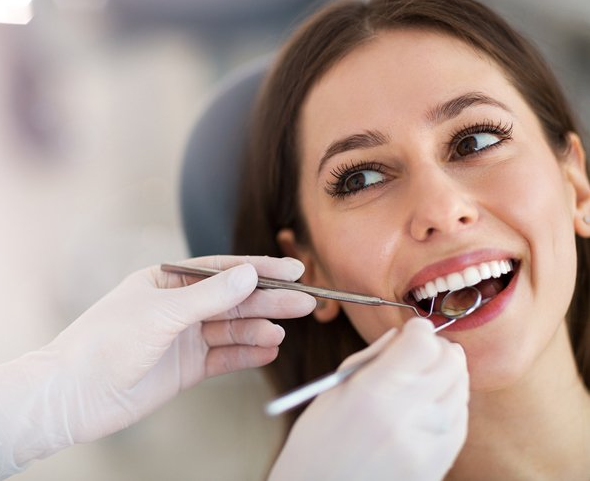Bone Grafting
BONE GRAFTING
MAJOR AND MINOR BONE GRAFTING
Over a period of time, the jawbone associated with missing teeth atrophies (shrinks) or is reabsorbed. This often leaves a condition in which there is poor quality and/or quantity of bone suitable for placement of dental implants. In these situations, most patients are not candidates for placement of dental implants without first undergoing bone grafting procedures. Bone grafting procedures allow us to regenerate bone where needed to allow for the placement of dental implants that will be well-supported and stable over time.
Bone grafting can repair implant sites with inadequate bone structure due to previous extractions, gum disease, or injuries. The bone is either obtained from a tissue bank or a piece of the patient's own bone can be harvested. This bone can then be transplanted to the area of the mouth where it is needed. Sinus lift bone grafts may also be performed to replace bone in the back part of the upper jaw. In addition, special membranes may be utilized that dissolve under the gum and protect the bone graft and encourage bone regeneration. This is called guided bone regeneration or guided tissue regeneration.
Major bone grafts are typically performed to repair larger defects of the jaws. These defects may arise as a result of traumatic injuries, tumor surgery, or congenital defects. Large defects are frequently repaired using the patient’s own bone. This bone is harvested from a number of different sites depending on the size of the defect. These procedures are sometimes performed in an operating room and require a hospital stay.
RIDGE EXPANSION
In severe cases, the ridge has been reabsorbed and a bone graft is placed to increase ridge height and/or width. This is a technique used to restore the lost bone dimension when the jaw ridge gets too thin to place conventional implants. In this procedure, the bony ridge of the jaw is literally expanded by mechanical means. Bone graft material can be placed to fill the gap and maintain the increased width after the patient's bone is expanded.
NERVE-REPOSITIONING
The inferior alveolar nerve, which gives feeling to the lower lip and chin, may need to be moved in order to make room for placement of dental implants to the lower jaw. This procedure is limited to the lower jaw and indicated when teeth are missing in the area of the two back molars and/or and 2nd premolar, with the above-mentioned secondary condition. Since this procedure is considered an aggressive approach (there is almost always some temporary and sometimes permanent loss of sensation to the lower lip) we usually try to first consider other options when they are available.
Typically, we remove an outer section of the cheek side of the lower jawbone in order to expose the nerve and vessel canal. Then we isolate the nerve and vessel bundle in that area, and lightly pull it out to the side. At the same time, we will place the implants and safely reposition the nerve. The surgical access is refilled with bone graft material of the surgeon’s choice and the area is closed.




